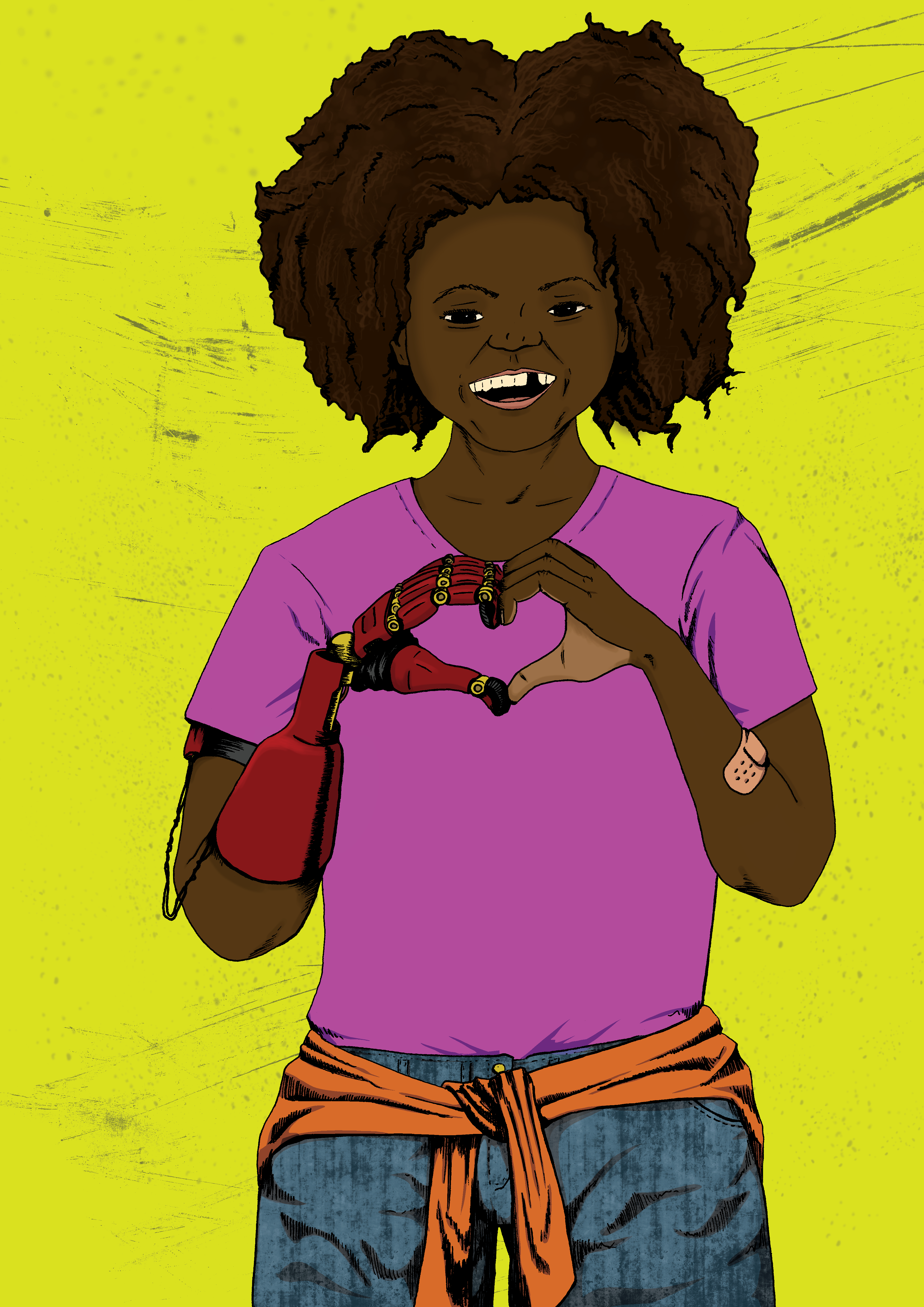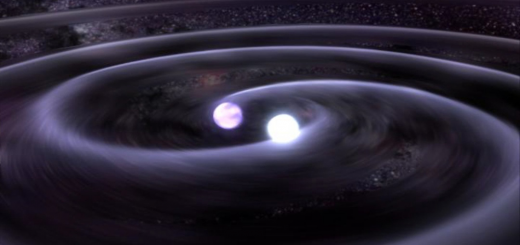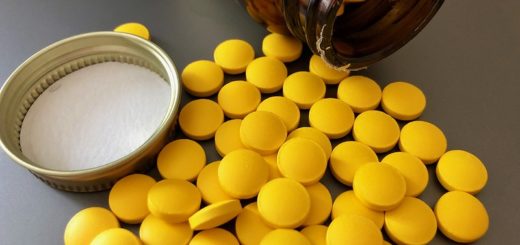An image is worth a thousand words
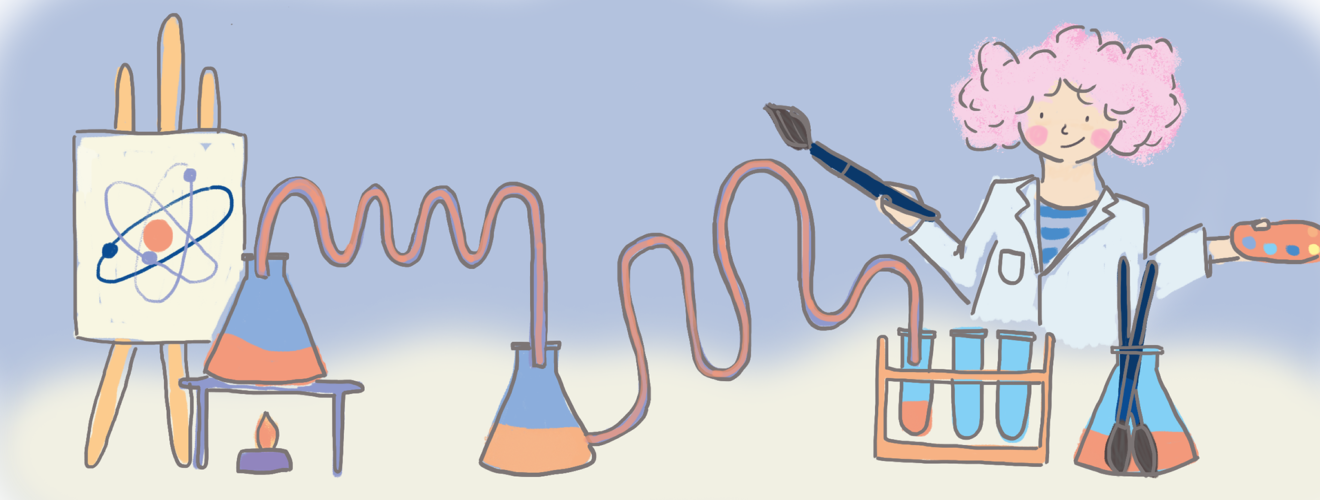
Did you know that our brains process images 60,000 times faster than text? As 90% of the information sent to the brain is visual, it makes sense that it has adapted to process what we see more efficiently. From birth, we are continuously exposed to images and we learn from them in an innate way whereas we need to learn to process text. Think, as an example, of picture books which are one of the first resources that children use to understand the world that surrounds them.
Visual information sticks easily into our long-term memory, transmits messages faster and improves comprehension1. For these reasons, pictures have been used to tell stories for thousands of years, from paintings in caves made by our prehistoric ancestors to the modern use of illustrations in a variety of contexts such as graphic novels or advertisements.
The ability of images to reach a wider audience and promote understanding has also been utilised by science; both art and science have always been interconnected. During the 16th century, artists worked together with physicians to document dissections of the human body to help to understand how our body works. Leonardo da Vinci is an example of the intimate relationship between these two disciplines as in his case we cannot tell one apart from the other.
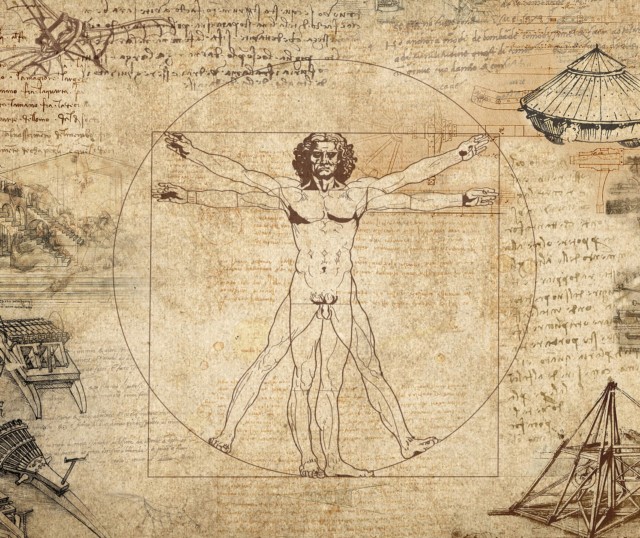
Scientific illustrators use art to create images for scientific, medical, and technical purposes. They are able to transform complex information and present it in a simple way that is easier to understand and remember. This facilitates the communication of scientific discoveries to academics and to the general public. Their work can be found not only in textbooks but more often in magazines, posters at your GP practice or in museum displays.
Probably the most remarkable characteristic of scientific illustrations is that they must be scientifically accurate. Regardless of whether they are realistic or more abstract, they must faithfully transmit the science behind them. One example of this effort to maintain accuracy is the colour-coding system created by the German mineralogist Abraham Gottlob Werner in 1774. This predecessor of the modern Pantone2 would allow scientists to be more precise in the use of colour to depict animals, plants, or minerals and it was widely adopted by naturalists such as Charles Darwin who used this guide during his travels. Patrick Syme, a flower painter from Edinburgh, updated this system in his book in 1814, using minerals described by Werner to create the colour swatches 3.
With the advance of new technologies, scientific illustrators are using digital media to create more elaborate images, 3D models and animations. The development of virtual and augmented reality provides a new way to communicate and engage the general public with science. Recently, scientists from the University of Southern Carolina have created an app that allows the use of augmented reality to add 3D models or information into scientific journals or other platforms and facilitate the communication of complex information4.
But who are these scientific artists? They can be both scientists with a passion for art or the other way around, artists with a special interest in science. If you are curious about this topic and want to know more, you can find more information in the websites from the main associations of science illustrators: the Guild of Natural Science Illustrators5, the Association of Medical Illustrators6, the Institute of Medical Illustrators7, or in Sciartnow8, where you can explore what is a medical illustrator, find resources for students, professionals and freelancers, tutorials and even jobs and internships.
So keep your eyes open and enjoy science!
This article was specialist edited by Katrina Wesencraft and copy-edited by Dzachary Zainudden.
References
- https://en.wikipedia.org/wiki/Visual_learning, https://www.business2community.com/digital-marketing/visual-marketing-pictures-worth-60000-words-01126256
- https://www.pantone.com
- https://www.amazon.co.uk/Werners-Nomenclature-Colours-Chemistry-Minerology/dp/0565094459/
- https://news.usc.edu/161786/augmented-reality-app-usc-scientific-data-3d-models/
- https://www.gnsi.org
- https://ami.org
- https://www.imi.org.uk
- https://sciartnow.com

